- Home
- Machining techniques
- CNC Machining Services
- Cooperative supply services
- Designs
- Materials
- Finishing Services
- Shop
- Products
- Guide
- About Us
- Contact Us
2023.5.18
A grinding machine is used to get fine surface finishes on machined products. What are the different types of grinding machines and how to use a grinding machine? Follow us to learn more.
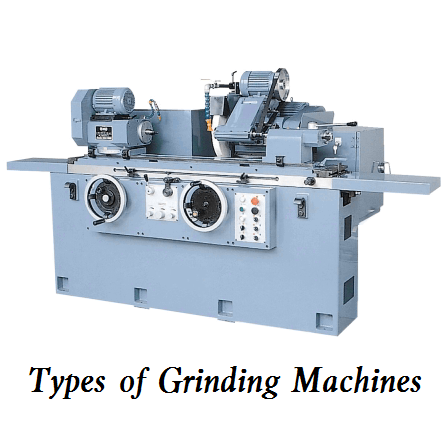
Because of the different requirements and purposes, there are various types of grinding machines are designed and used.
1) Surface Grinding Machine: This machine is used to produce a smooth and flat surface on a workpiece by utilizing a rotating grinding wheel. It is commonly used for finishing flat surfaces, such as machine parts, tools, and dies.
2) Cylindrical Grinding Machine: This machine is used to grind the cylindrical surfaces of a workpiece. It employs a grinding wheel that rotates in conjunction with the workpiece’s rotation to achieve precise roundness and size control. Cylindrical grinding machines are often used for manufacturing parts with tight tolerances and cylindrical shapes, such as shafts, rods, and bearings.
3) Centerless Grinding Machine: In this type of grinding machine, the workpiece is supported between two wheels, one grinding wheel, and one regulating wheel. The grinding wheel removes material from the workpiece by rotating at a high speed, while the regulating wheel controls the workpiece’s rotation speed and feed rate. Centerless grinding machines are commonly used for high-volume production of cylindrical components, such as pipes, tubes, and bars.
4) Tool and Cutter Grinding Machine: This machine is used to precisely sharpen and reshape cutting tools, such as drills, milling cutters, and inserts. It allows for the grinding of various tool geometries and angles to restore or enhance their cutting performance.
5) Internal Grinding Machine: Internal grinding machines are used to grind the inner surfaces of cylindrical workpieces. They utilize a small grinding wheel mounted on a spindle to access and grind internal features, such as bores and holes.
6) Surface-Grinding Wheel Slide (Surface Grinder): This type of grinding machine features a horizontal spindle with a grinding wheel that moves back and forth across the workpiece’s surface. It is commonly used for large flat surface grinding tasks, such as removing material from metal plates or producing precision components.
7) Bench Grinder: A bench grinder is a small grinding machine that is mounted on a bench or tabletop. It typically consists of two grinding wheels, one coarse and one fine, which are used for various sharpening, shaping, and deburring tasks on small workpieces.
A grinding machine, also known as a grinder, is a machine tool or power tool used for grinding. To properly use it, here we got an instruction with steps for using a grinding machine.
– Wear Personal Protective Equipment (PPE): Before starting, ensure that you are wearing the necessary PPE, such as safety glasses, goggles, face shield, gloves, and ear protection. This will protect you from any potential hazards during the grinding process.
– Understand the Machine: Familiarize yourself with the specific grinding machine you are using. Read the user manual or receive proper training to understand its features, controls, and safety mechanisms. Ensure that the machine is in proper working condition.
– Prepare the Workpiece and Setup: Clean and prepare the workpiece that you intend to grind. Securely mount the workpiece on the machine’s work-holding device, such as a chuck, fixture, or clamps. Make sure the workpiece is properly aligned and secured to prevent any movement during grinding.
– Select the Grinding Wheel: Choose the appropriate grinding wheel for the specific material and application. Ensure that the grinding wheel is compatible with the machine and correctly mounted on the spindle.
– Set the Grinding Parameters: Adjust the machine’s controls and settings to achieve the desired grinding parameters. This includes setting the feed rate, depth of cut, and wheel speed based on the material, part geometry, and surface finish requirements.
– Start the Machine: Turn on the grinding machine and allow it to reach its operating speed. Observe any startup procedures or warm-up periods specified by the manufacturer.
– Position the Grinding Wheel: Position the grinding wheel in proximity to the workpiece surface without making contact. Use the machine’s control system to move the grinding wheel to the starting position.
– Perform the Grinding Operation: Slowly feed the grinding wheel into the workpiece while maintaining consistent pressure. Move the grinding wheel across the workpiece surface in the desired pattern, such as back-and-forth or circular motions. Monitor the grinding process, ensuring that the grinding wheel remains in contact with the workpiece and does not dig in or create excessive heat.
– Check the Progress: Periodically check the workpiece’s progress and make any necessary adjustments to the grinding parameters or technique to achieve the desired results. Remove any excess material, burrs, or irregularities as needed.
– Coolant and Cleanliness: If applicable, use coolant or lubricant to cool the grinding zone and flush away debris. Ensure that the work area remains clean and clear of any debris or obstructions.
– Shut Down the Machine: After completing the grinding process, turn off the machine and allow it to come to a complete stop before removing the workpiece.
– Inspect and Evaluate: Inspect the finished workpiece for dimensional accuracy, surface finish, and any other quality requirements. Make sure to compare it against the specified tolerances or customer expectations.
A CNC (Computer Numerical Control) grinding machine operates using a computerized control system to precisely control the grinding process. Here’s a general overview of how a CNC grinding machine works:
1) Design and Programming: The desired geometry and specifications of the workpiece to be ground are designed using CAD (Computer-Aided Design) software. The CAD model is then translated into a CNC program using CAM (Computer-Aided Manufacturing) software. The CNC program contains instructions for the grinding machine to follow during the grinding process.
2) Machine Setup: The workpiece is mounted on the grinding machine, typically held in place by fixtures or clamps. The grinding wheel(s) and other necessary tools are also mounted on the machine. The CNC grinding machine is prepared for operation, and the necessary parameters are set, such as feed rate, depth of cut, and grinding wheel speed.
3) CNC Control: The operator loads the CNC program into the machine’s control system. The CNC control system interprets the program and generates commands to control the movement of the machine’s axes, including the grinding wheel and the workpiece. The control system utilizes servo motors and encoders to precisely position the machine components.
4) Grinding Process: The CNC grinding machine begins the grinding process by positioning the grinding wheel relative to the workpiece. The machine’s control system moves the grinding wheel along the programmed path, typically in a linear or circular motion. The grinding wheel removes material from the workpiece to achieve the desired shape, size, or surface finish. Coolant may be used to cool the grinding zone and remove chips or debris generated during the process.
5) Monitoring and Feedback: During the grinding process, the CNC control system continuously monitors various parameters, such as cutting forces, power consumption, and wheel wear. Feedback from sensors and measuring devices allow the control system to make adjustments to maintain the desired grinding conditions and ensure accurate and consistent results.
6) Completion and Inspection: Once the grinding process is completed, the CNC grinding machine stops, and the workpiece is removed from the machine. The finished workpiece is inspected for dimensional accuracy, surface quality, and other specified criteria.
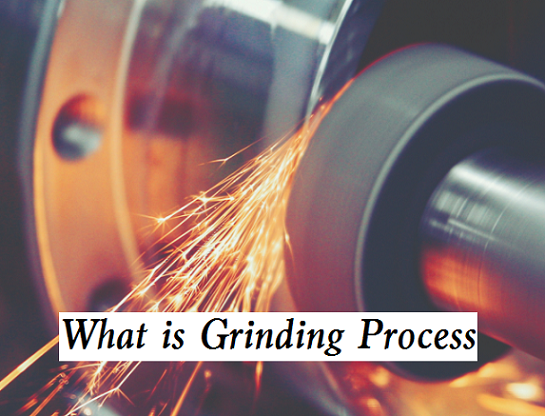 What is Grinding Process & How It Works – Different Types of Grinding
What is Grinding Process & How It Works – Different Types of Grinding
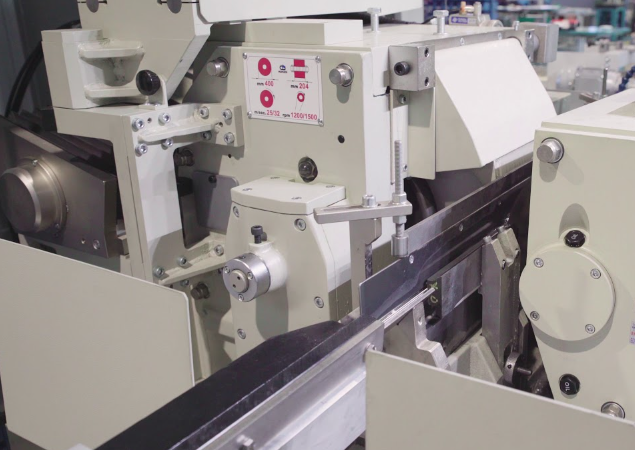 Guide to Centerless Grinding Machine: Advantages, Working Principle and Parts
Guide to Centerless Grinding Machine: Advantages, Working Principle and Parts
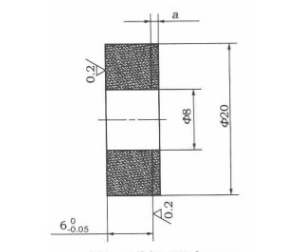 Control Method Of Workpiece Thickness Of Grating Ruler And Tool Setter
Control Method Of Workpiece Thickness Of Grating Ruler And Tool Setter
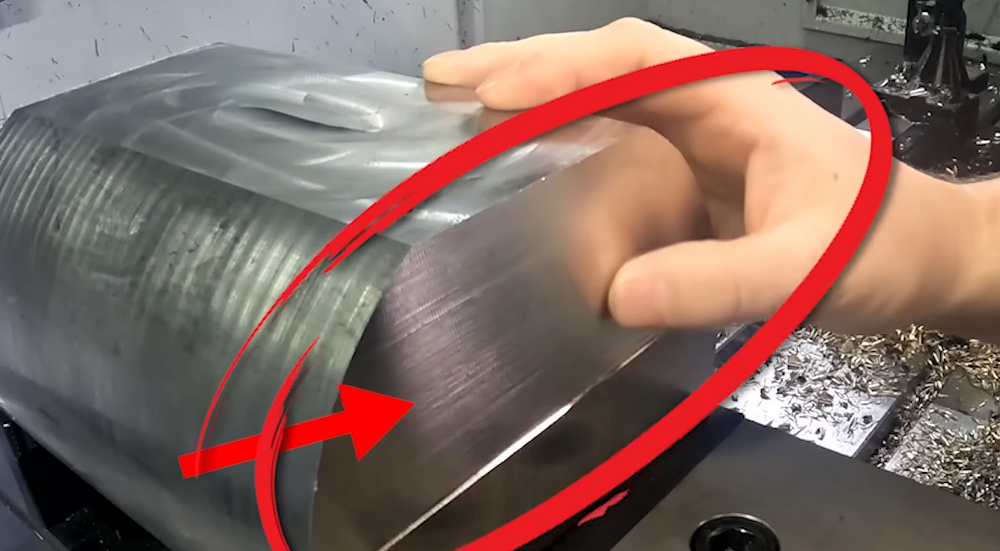 How To Reduce & Stop Chatter Vibration in CNC Milling/Turning/Drilling/Grinding Lathe?
How To Reduce & Stop Chatter Vibration in CNC Milling/Turning/Drilling/Grinding Lathe?
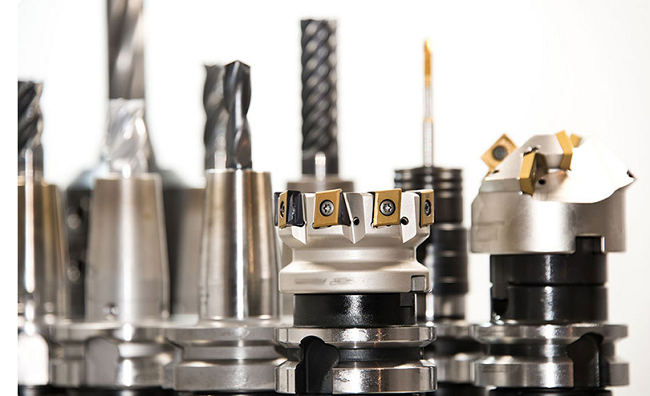 Top 12 CNC Machining & Programming Experiences | CNCLATHING
Top 12 CNC Machining & Programming Experiences | CNCLATHING
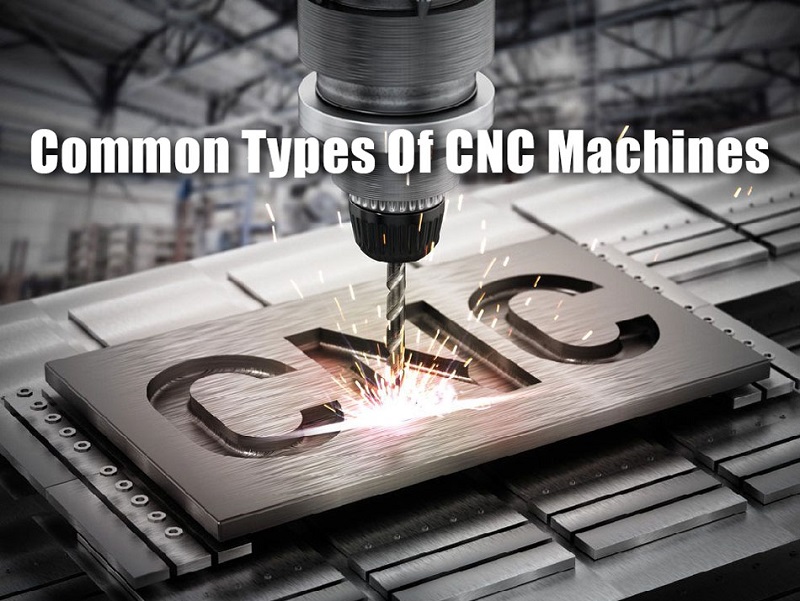 7 Different Types Of CNC Machines – CNC Lathe, CNC Milling Machine & More | CNCLATHING
7 Different Types Of CNC Machines – CNC Lathe, CNC Milling Machine & More | CNCLATHING
